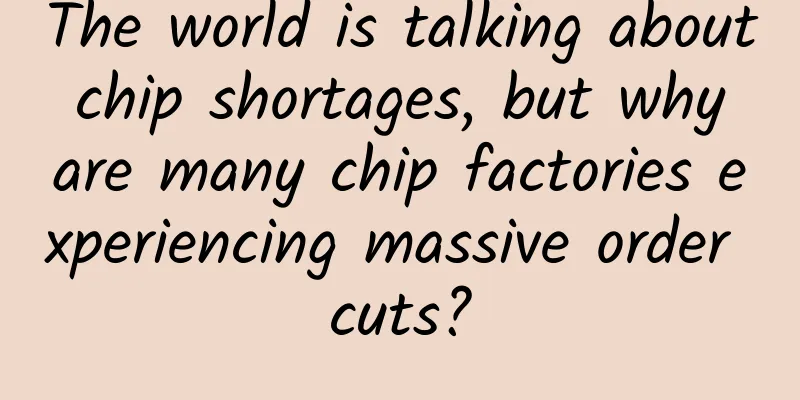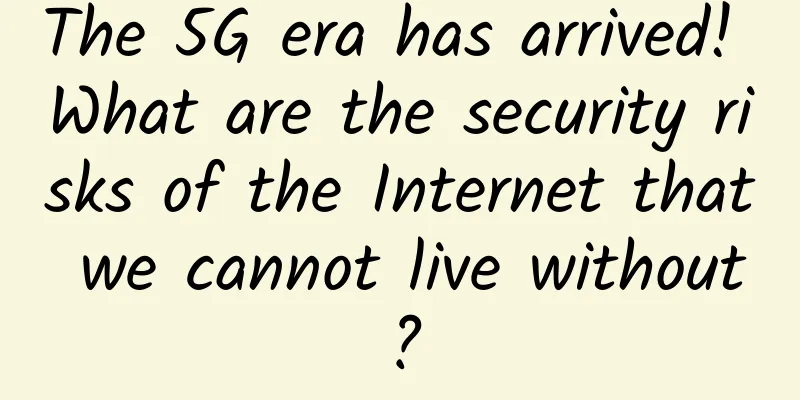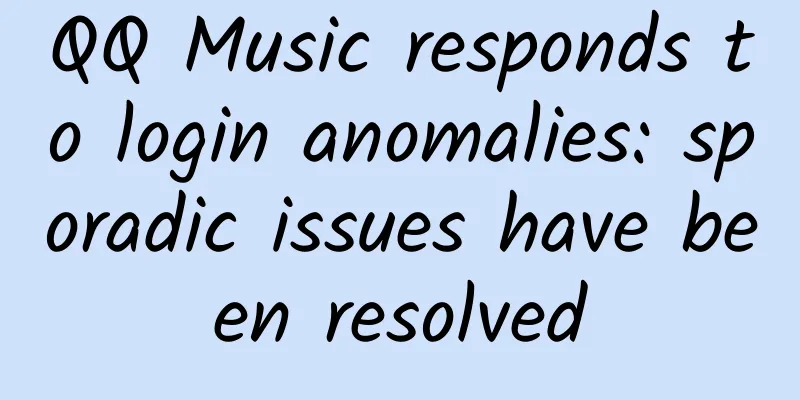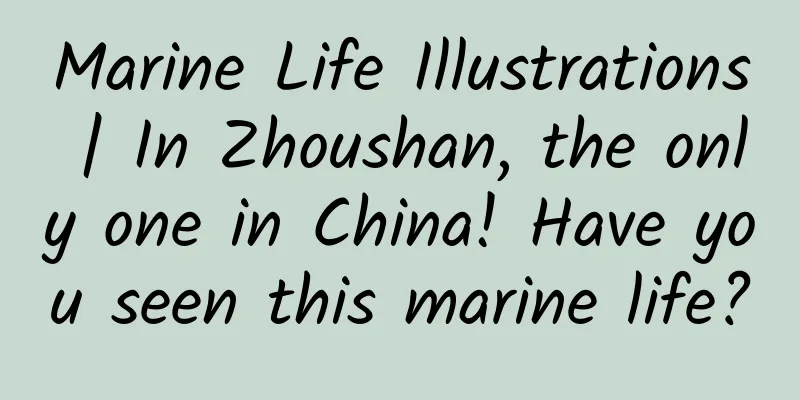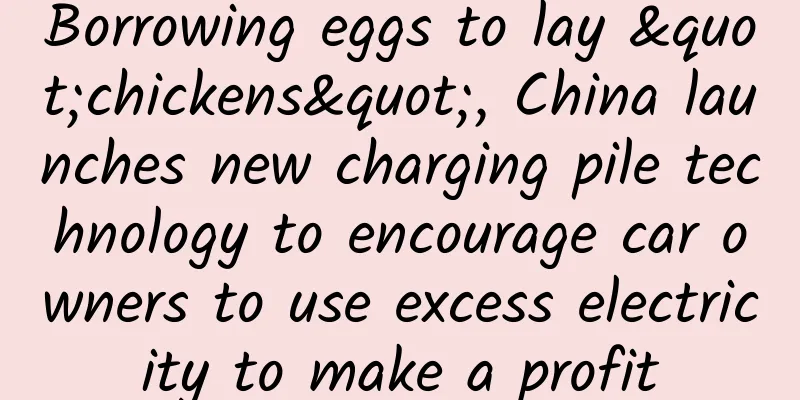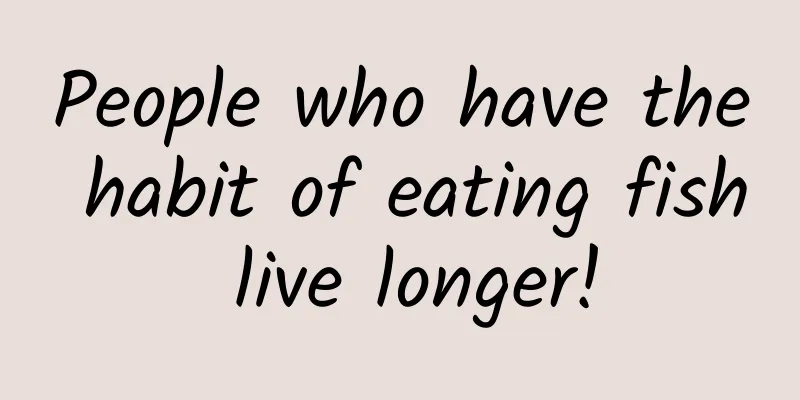On the road to entrepreneurship, what is more terrible than "male cancer" is "technical cancer"
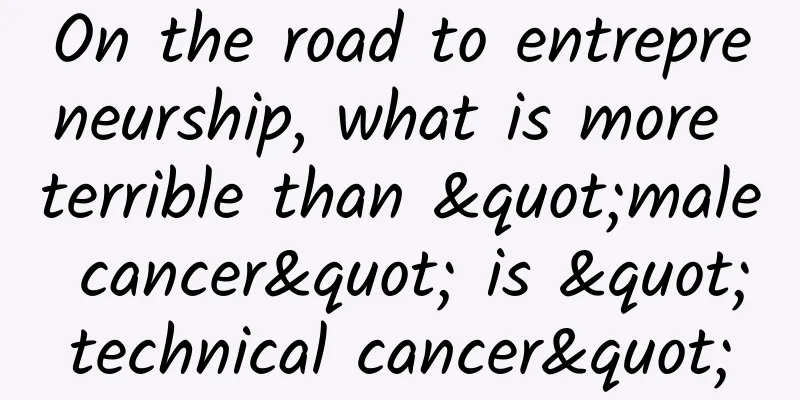
|
Using an anti-aircraft gun to hit a mosquito is a Chinese idiom, which means to use a talent that is not worth the effort. After seeing this idiom, most people may think that using an anti-aircraft gun to hit a mosquito is something that only fools would do, and it has nothing to do with them. However, according to my observation, using an anti-aircraft gun to hit a mosquito is more like the patent of smart people: many technology enthusiast entrepreneurs, out of their enthusiasm for technology, take a technology they like and use it as a hammer to look for nails that can be used to show the power of this hammer. If such entrepreneurs are more interesting, they might as well be called "anti-aircraft gun to hit a mosquito syndrome patients", or more directly - "technology cancer". So, why is "technology cancer" a common disease among specific groups of people that is more terrifying than "straight male cancer"? Compared with entrepreneurs who rush into business without considering the needs and finding the pain points (please refer to the second article in my business model series: Useless products), it is undoubtedly worth affirming to try to meet the needs and solve the pain points. However, if the cost of the solution is too high, the practicality is greatly reduced, and the problem cannot be truly solved. What's more, there are already low-cost solutions using general technology on the market, but just because of the obsession with technology, they insist on using high-tech and high-end means to replace the existing solutions, but ignore the high cost. The outcome is predictable. It should be noted that "tech cancer" patients are not uncommon among the entrepreneurial army in the TMT industry, and they often occur among people with high IQs. Because high-tech always looks high-end, giving developers and users a greater sense of accomplishment and style, it is quite confusing to entrepreneurs, investors, and even users, but people often forget a crucial principle: in entrepreneurial projects, technology is only a means, not an end. Only when technology solves needs and pain points and brings about significant improvements in efficiency and/or significant reductions in costs can it truly create value for society. Therefore, if you indulge in the illusory aura brought by high-end and cool high-tech, you will lose your panoramic understanding of the whole thing and your realistic judgment, and thus go astray. For example, I saw a project in 2006: At that time, food safety accidents frequently broke out (it seems that it is not much better now), and someone combined the RFID technology that was just emerging at that time to make a complete set of pig breeding process monitoring system. Their solution is this: put an RFID ear tag on each pig, and then automatically track the feeding and medication of each pig through the background management system. At that time, an RFID pig ear tag cost 20 to 30 yuan, plus the investment in the management system, the average investment per pig was more than 70 yuan, and the gross profit of each pig was about 150 yuan. What's more, in order to achieve sufficient system tracking depth, you only need the most primitive plastic ear tag, combined with a ready-made simple tracking system, plus the isolation feeding and record of sick piglets, to achieve the same effect. And what about the cost? The cost of plastic ear tags is only two or three yuan, and the overall cost is less than one-tenth of the "high-tech" approach. Using high-cost, high-tech to solve problems that can be solved with low-cost, general-purpose technology is undoubtedly against business common sense. Therefore, when we look for new business opportunities, we need to think from the opposite side of using an anti-aircraft gun to hit a mosquito, and use simple and direct methods to get to the core, find the problem (pain point) and solve it. For example, selfies and beauty are rigid needs, so Casio's selfie artifact TR350, which costs 6,000 yuan, came into being and achieved good sales results. But smart Chinese people have taken a step further and easily achieved the same goal with a combination of a selfie stick worth dozens of yuan + the free app Meitu Xiuxiu. However, further analysis reveals that the market performance of the golden pair of selfie sticks and Meitu Xiuxiu is very different, which is thought-provoking. The production barrier of selfie sticks is low, so there are many manufacturers and fierce competition. The monthly sales of the leading selfie stick brand on Taobao is just over 3 million. Due to the low-level red ocean competition, most manufacturers can only operate bleakly. In contrast, Meitu Xiuxiu faces limited market competition and has become a must-have product for most girls. As of the end of July 2015, Meitu Xiuxiu claimed to have 1.2 billion users, and the company's valuation in 2014 exceeded US$2 billion. Why? Meitu is also a low-cost solution. Through large-scale R&D investment, it has established barriers and core competitiveness, so competition is limited, economies of scale are obvious, and it can have a large number of users and a high company valuation. However, the technical barriers of selfie sticks are not high, the products are similar, and the market structure is fragmented. It is a typical red ocean market, and no monopoly companies can emerge. The examples of Meitu Xiuxiu and the selfie stick fully illustrate that the way to transform the anti-aircraft cannon to kill mosquitoes business model into a model that can achieve great commercial success is: user value + high barriers + low costs, all three are indispensable, that is, through large-scale R&D and operation investment to reduce unit costs, to create products or services with excellent performance, extremely competitive costs, and real value to users, while forming high barriers. Otherwise, if you only think about using "high technology" to create "high barriers", without considering cost and efficiency, and ignoring user needs, you will be on the road of "technical cancer" and there is no return. When we start a business or invest, we must first ask: Does this business model really create enough value for users? Does it have high enough barriers? Does it really improve efficiency? Only when the above three answers are affirmative, the company has the opportunity to become a unicorn-level company. Since we expect every project we invest in to have the potential to become a unicorn, user value + high barriers + low cost is one of the important guiding principles for our AA investment judgment projects. Among them, high barriers can come from technical barriers or operational barriers. For example, Wanmei Free Travel, which we invested in in the first half of the year, is supported by big data technology and powerful analytical algorithms. It allows users to customize personalized outbound free travel in four simple steps within one minute. It is a very competitive entrepreneurial project. More importantly, the Wanmei Free Travel project initially relied on high technical barriers to break through and establish itself, and then will gradually win through high operational barriers. This is also the path we most hope to see companies build high barriers. Here, let's review the five elements that an excellent business model must have at the same time: continuous scale income, rapid expansion, reasonable cost structure, barriers and scale effects, and efficient IT systems. Among them, this article discusses the elements of cost structure. A reasonable cost structure must have the following three conditions at the same time: no excessive fixed costs, a cost structure that allows the company to earn direct profits (companies that do not make money are rogues), and a cost structure that is already the best in the current market. Another purpose of paying attention to this business model of using an anti-aircraft gun to kill a mosquito is to remind entrepreneurs to pay attention to their own solutions and cost structures, and constantly seek better solutions. When entrepreneurs examine their business models, they must thoroughly investigate and constantly ask themselves whether this is the optimal cost structure and the best solution. If your solution is not the optimal solution, sooner or later, a smart team will find a better way and easily dismantle the barriers and defenses you have worked so hard to build. |
<<: Dell's all-in acquisition of EMC causes 10 shocks
>>: This is the truth behind the bankruptcy of Da Kele Mobile
Recommend
Wearing masks is no longer mandatory on the subway in this city, but experts remind you: three types of people cannot take them off yet!
On March 29, according to a report by Southern Me...
When sailing at sea, what is the real "stabilizing force"?
When sailing at sea, what is the real "stabi...
Lanzhou lawyer mini program development function, how much does it cost to develop a lawyer legal consultation mini program?
Recently a friend consulted me and wanted to make...
Toutiao Advertising Manual, let your information flow ads be on the "headlines"!
Recently, CB Insights, a well-known American vent...
16 tips for Android development
[[130304]] 1. The return value of getTextSize in ...
iOS componentization exploration: creation of private libraries
iOS componentization is basically based on cocoap...
A piece of paper can convey a thousand words and a thousand years! Why did Fudan University choose Kaihua paper for its new admission letter?
On June 23, various places announced the college ...
How to promote APP efficiently? Cleverly use 2 major channels!
In the promotion of APP, the selected promotion c...
Douyin operation and promotion: Experience sharing of Douyin matrix operators with 100 million fans
With 250 million daily active users, Tik Tok is a...
Sacon’s dilemma: Rapid decline in performance means there are not many cards left to play
Sacon, once ranked first in the kitchen appliance ...
Douyin Brand Live Studio Startup Guide
Hello everyone, we have been helping brands to se...
Super complete! All the advertising strategies for 2018 are here!
According to the data from the "2018 China O...
Twice as many as men! Nature: Women are more susceptible to Alzheimer's disease because of it
Author: Diao Wenhui You can’t remember what you j...
Never try to fight a kangaroo!
Who is the most popular animal in the world? With...
Activity case: How to conduct fission activities through product thinking?
In the second half of the Internet , the user div...
